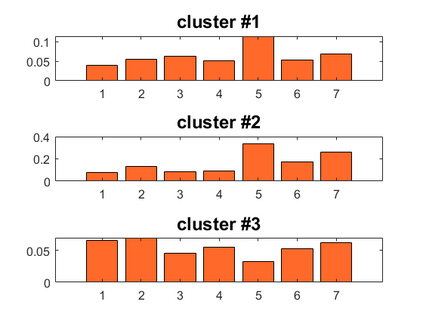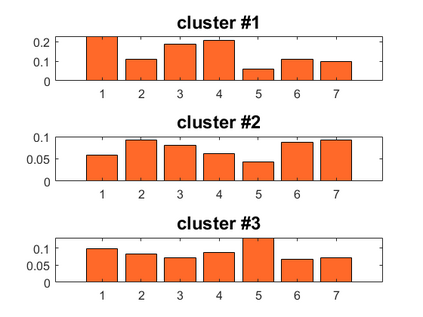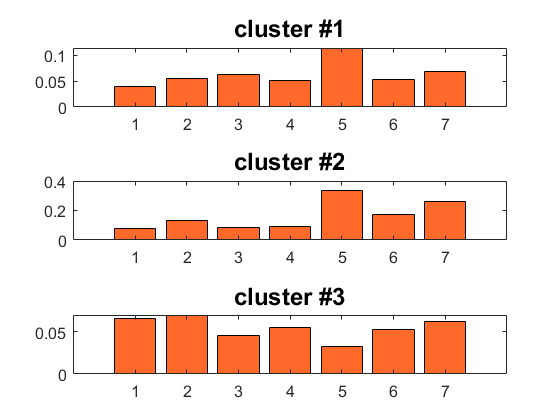The paper studies face spoofing, a.k.a. presentation attack detection (PAD) in the demanding scenarios of unknown types of attack. While earlier studies have revealed the benefits of ensemble methods, and in particular, a multiple kernel learning approach to the problem, one limitation of such techniques is that they typically treat the entire observation space similarly and ignore any variability and local structure inherent to the data. This work studies this aspect of the face presentation attack detection problem in relation to multiple kernel learning in a one-class setting to benefit from intrinsic local structure in bona fide face samples. More concretely, inspired by the success of the one-class Fisher null formalism, we formulate a convex localised multiple kernel learning algorithm by imposing a joint matrix-norm constraint on the collection of local kernel weights and infer locally adaptive weights for zero-shot one-class unseen attack detection. We present a theoretical study of the proposed localised MKL algorithm using Rademacher complexities to characterise its generalisation capability and demonstrate the advantages of the proposed technique over some other options. An assessment of the proposed approach on general object image datasets illustrates its efficacy for abnormality and novelty detection while the results of the experiments on face PAD datasets verifies its potential in detecting unknown/unseen face presentation attacks.
翻译:虽然先前的研究揭示了混合方法的优点,特别是对于问题的一种多内核学习方法,但这种技术的一个局限性是,它们通常以类似的方式对待整个观测空间,忽视数据固有的任何变异性和当地结构。 这项工作研究了在单级环境中面对面攻击探测问题与多重内核学习有关的这一方面,以利于真实面部样本中固有的本地结构。更具体地说,由于一等渔业公司的成功,我们制定了一种本地化的多内核学习算法,对收集当地内核重量施加联合矩阵-核心学习限制,并将当地适应加权用于零发单级秘密攻击探测。我们用Rademacher的复杂之处对拟议的本地化MKL算法进行了理论研究,以描述其概括性能力,并展示了拟议技术优于其他选择的优势。我们评估了关于异常物体探测结果的拟议方法,同时对普通物体探测结果进行了评估。





